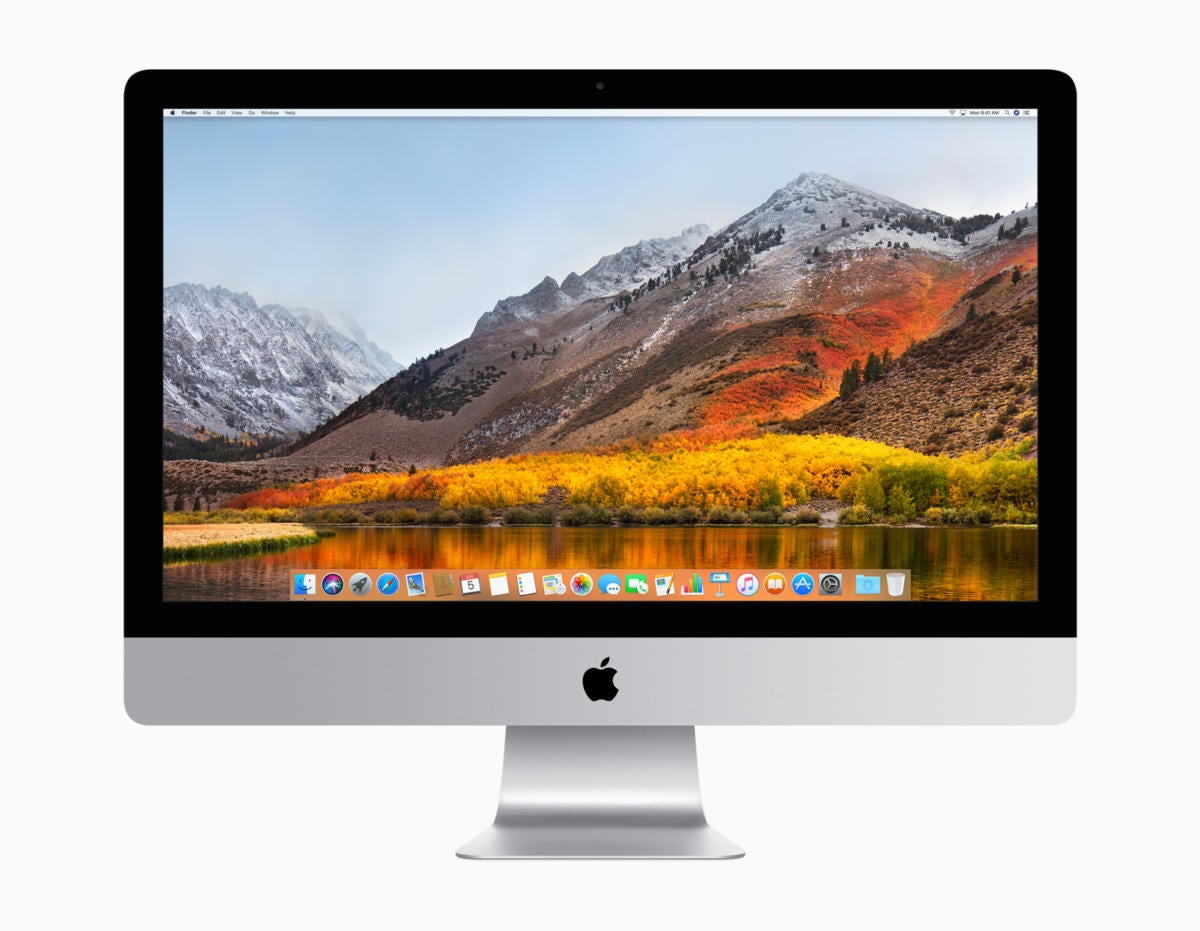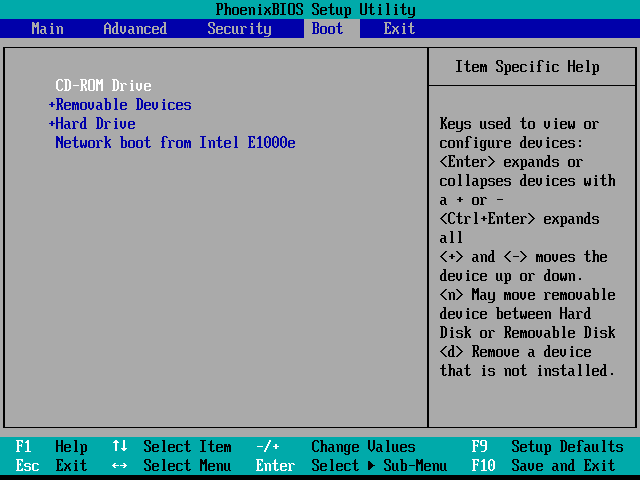This just allocates the disk space, but doesn't zero out the drive or check for bad sectors. This means it'll take a few seconds. Sudo su mkfs.ntfs -f /dev/sdb1 Full Format. If you're much more concerned about data integrity and don't mind waiting, do a full format. This may take a few hours to zero out a large drive! How to Format an SSD Drive. Formatting an SSD drive is useful in the event you want to sell the drive, dispose of the drive, or install a new operating system. You can format an SSD drive using a Windows or Mac computer. You'll be given several format options when you try to format a USB drive on Mac, including OS X Extended (Journaled), OS X Extended (Case-sensitive, Journaled), MS-DOS (FAT) and ExFAT. If you are using macOS 10.13 or later, you'll also see an option named APFS, which is the default file system of macOS 10.13 and later. Most of the SSDs come in default ExFat format that is compatible with both Windows and Mac. For the time machine, you have to format the SSD from the default shipped format. Connect SSD Drive to the Mac USB-C or USB port Open the Disk Utility in Mac. Format SSD with Disk Management. Step 1: Press 'Win+R' to open 'Run' box, and then type.

Format Ssd Mac Terminal Download
Free ftp file transfer software. Nov 16, 2020 • Filed to: Solve Mac Problems • Proven solutions
With the introduction of the newApple File System (APFS), Mac users are gradually upgrading their systems. Since the new file system comes with lots of advanced features, it provides a better experience to its users. If you are working with APFS on your macOS Sierra, then you must already be aware of these features. Nevertheless, there are times when users have to format the APFS drive. To help you do the same, we have drafted this informative post.
Why format APFS drive
There could be plenty of reasons to format the APFS drive. Forgotten mac login password. Owlet 1 7 – unbiasedly cute 3d rendering software freeware. From a bad partitioning to a malware attack, your APFS drive can experience some unwanted setbacks. Since the file system supports full-drive encryption, users often choose to format the drive and get rid of their sensitive content as well. Additionally, while switching to APFS, if you haven't got the expected results, then you might choose to format APFS. New doom game.
Not just an internal drive, you can also format an external hard disk as well. This is mostly done to make the external storage unit work for other file systems (like FAT or HFS). Since APFS is comparatively a newer file system, not many users know how to format it efficiently. To help you, we have listed a stepwise tutorial for it in the next section.
How to Format APFS Drive in macOS Sierra
If you have implemented the APFS drive on macOS Sierra, chances are that you might face a few unwanted setbacks. The new APFS gives exceptional results for macOS High Sierra, but it isn't the same for its predecessor. We recommend taking the assistance of Terminal instead of Disk Utility to format the APFS drive. It is a safer alternative and won't produce any unexpected results. Mac shortcut for screen shot. You can format APFS drive in macOS Sierra by following these steps:
- To start with, simply launch Terminal on your Mac. You can go to Utilities and launch Terminal from there.
- After launching Terminal, provide the command 'diskutil list'. This will provide a list of all the disks (internal and external) that are attached to your Mac.
- From the list, you need to look for the identifier of the APFS disk you wish to format. Be careful while noting down the exact identifier for the respective disk.
- Let's suppose the identifier of the disk is 'disk2s3'. Now, to format this disk, provide the command 'diskutil apfs createContainer /dev/'. Since the identifier for our disk is disk2s3, the command would be 'diskutil apfs createContainer /dev/disk2s3'.

Format Ssd Mac Terminal Download
Free ftp file transfer software. Nov 16, 2020 • Filed to: Solve Mac Problems • Proven solutions
With the introduction of the newApple File System (APFS), Mac users are gradually upgrading their systems. Since the new file system comes with lots of advanced features, it provides a better experience to its users. If you are working with APFS on your macOS Sierra, then you must already be aware of these features. Nevertheless, there are times when users have to format the APFS drive. To help you do the same, we have drafted this informative post.
Why format APFS drive
There could be plenty of reasons to format the APFS drive. Forgotten mac login password. Owlet 1 7 – unbiasedly cute 3d rendering software freeware. From a bad partitioning to a malware attack, your APFS drive can experience some unwanted setbacks. Since the file system supports full-drive encryption, users often choose to format the drive and get rid of their sensitive content as well. Additionally, while switching to APFS, if you haven't got the expected results, then you might choose to format APFS. New doom game.
Not just an internal drive, you can also format an external hard disk as well. This is mostly done to make the external storage unit work for other file systems (like FAT or HFS). Since APFS is comparatively a newer file system, not many users know how to format it efficiently. To help you, we have listed a stepwise tutorial for it in the next section.
How to Format APFS Drive in macOS Sierra
If you have implemented the APFS drive on macOS Sierra, chances are that you might face a few unwanted setbacks. The new APFS gives exceptional results for macOS High Sierra, but it isn't the same for its predecessor. We recommend taking the assistance of Terminal instead of Disk Utility to format the APFS drive. It is a safer alternative and won't produce any unexpected results. Mac shortcut for screen shot. You can format APFS drive in macOS Sierra by following these steps:
- To start with, simply launch Terminal on your Mac. You can go to Utilities and launch Terminal from there.
- After launching Terminal, provide the command 'diskutil list'. This will provide a list of all the disks (internal and external) that are attached to your Mac.
- From the list, you need to look for the identifier of the APFS disk you wish to format. Be careful while noting down the exact identifier for the respective disk.
- Let's suppose the identifier of the disk is 'disk2s3'. Now, to format this disk, provide the command 'diskutil apfs createContainer /dev/'. Since the identifier for our disk is disk2s3, the command would be 'diskutil apfs createContainer /dev/disk2s3'.
- This will initiate the process. You will be notified as soon as a new APFS container for the disk would be created. This will also list the number for the new APFS disk created.
- Great! You are almost there. In the end, you just have to add the APFS volume to the disk. To do so, provide the command 'diskutil apfs addVolume disk3 APFS '. Here, the 'new APFS' would be replaced by identifier of the new APFS container that is just created. For instance, you can view it as disk 3 in our case.
Format Usb Drive Terminal
- That's it! This will complete the process. Now, you can just go to the new APFS drive and have a look at its changed properties as well.
APFS Limitations in macOS Sierra
By following the above-stated drill, you would be able to format the APFS drive without any trouble. Since it is a new file system, it comes with a few limitations as well. Before you convert your drive to APFS, be aware of these limitations.
- Since Time Machine can't provide the output of a backup file in APFS format, you might face a hard time to back up and restore your content.
- Additionally, the startup disk of Mac also doesn't support APFS as of now. This inhibits its use for your Mac.
- One of the major drawbacks of the APFS system is that it is case sensitive. That is, 'system' and 'System' are different. This might create unwanted confusion among users.
- For a while, Apple has been using Fusion Drives (a kind of hybrid drive). Sadly, APFS doesn't support it as of now.
- You can't use FileVault as well to provide an added security to an APFS volume.
- Since it is a new file system, it has limited compatibility. You might face some unwanted setbacks using your external storage units with APFS and other file systems.
Now when you know how to format APFS drive, you would certainly be able to make the most of Apple's new file system in macOS Sierra. If you also have some useful tips and tricks regarding Apple's latest offering, feel free to share it with our readers in the comments below.
